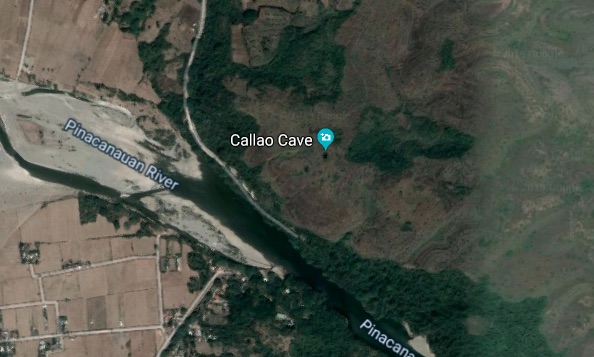There’s been a new discovery in the Philippines, and it’s pretty cool.
Inside the Callao Cave in Peña Blanca, Cagayan in Northern Luzon were remains researchers found to have been from a new species of ancient humans. The discovery was published on the journal Nature yesterday but one of the bones were discovered as early as 2007.
The discovery was made by a group of international archeologists including ones from the University of the Philippines (UP). First discovered was a hominin third metatarsal or foot bone that dates back to 67,000 years ago.
According to the research, this is the earliest direct evidence of human presence in the country. They initially found that it belonged to the Homo genus but could not pin down what species.
Researchers eventually found 12 other homonim elements from at least three individuals in the same part of the Callao Cave. They studied a total of seven teeth and six small bones — including two finger bones and part of a femur, National Geographic wrote.
According to the same article, the foot bone that was discovered in 2007 was nearly complete and was found after study co-author and project leader Armand Mijares of UP decided to dig deeper into the cave which they had excavated in 2003.
“These specimens display a combination of primitive and derived morphological features that is different from the combination of features found in other species in the genus Homo,” the research states.
This led them to conclude that what they found belonged to a new species, which they have named Homo luzonensis. National Geographic described the homonim as small-bodied.
According to the research, this discovery highlights the importance of Southeast Asia in the evolution of humans. In May last year, a team of archaeologists also found a butchered rhinoceros’ skeleton and stone tools in Kalinga, Northern Luzon, which could prove that humans were in Asia as early as 700,000 years ago.




